Key Takeaways Eco-friendly packaging is now a baseline expectation for many consumers Brands are using recycled, compostable, and ethically-sourced materials to reduce...
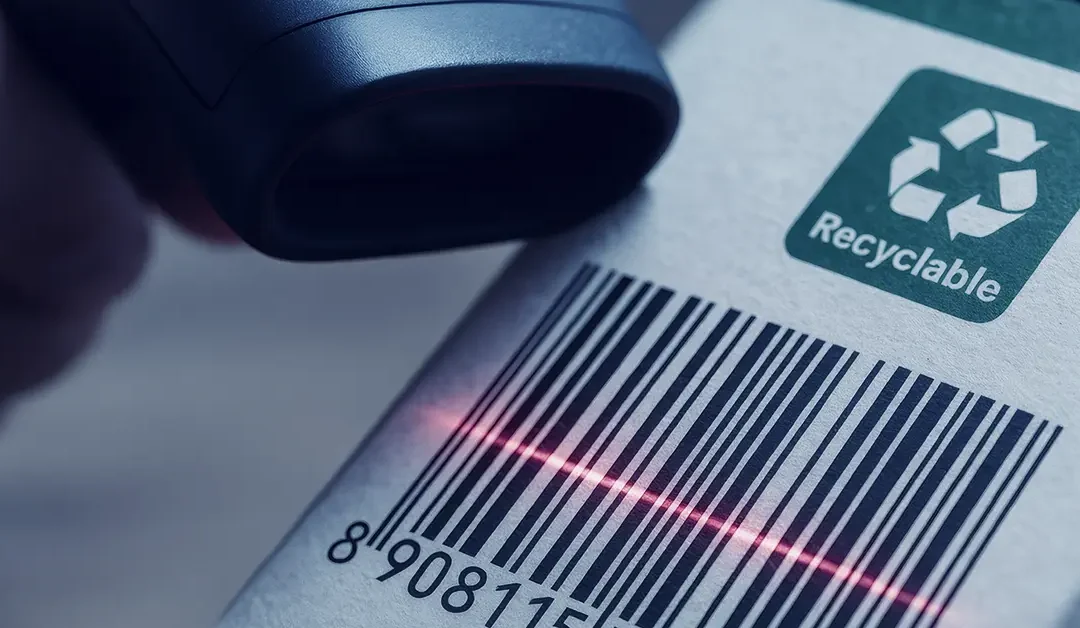
Welcome to the Peoplevox WMS Blog

Key Takeaways Eco-friendly packaging is now a baseline expectation for many consumers Brands are using recycled, compostable, and ethically-sourced materials to reduce...
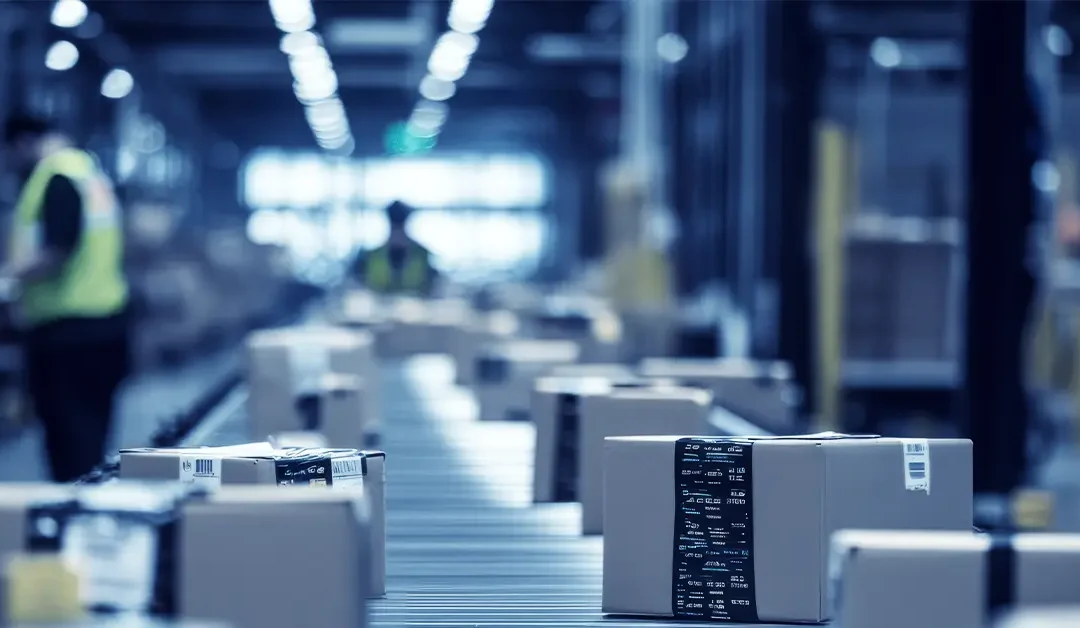
When inventory visibility breaks down, so does your ability to keep your delivery promise. Here’s how to fix the six most common issues before they cost you more customers.
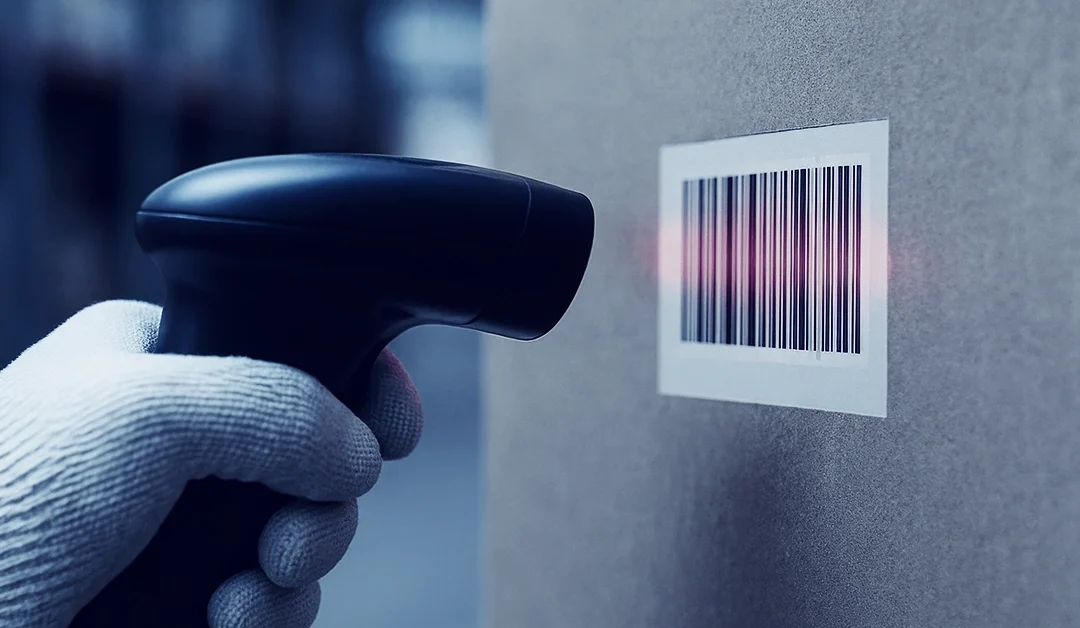
Effective warehouse barcoding gives every item and location a unique, scannable identity, improving accuracy and making daily operations easier to manage. Here’s how.
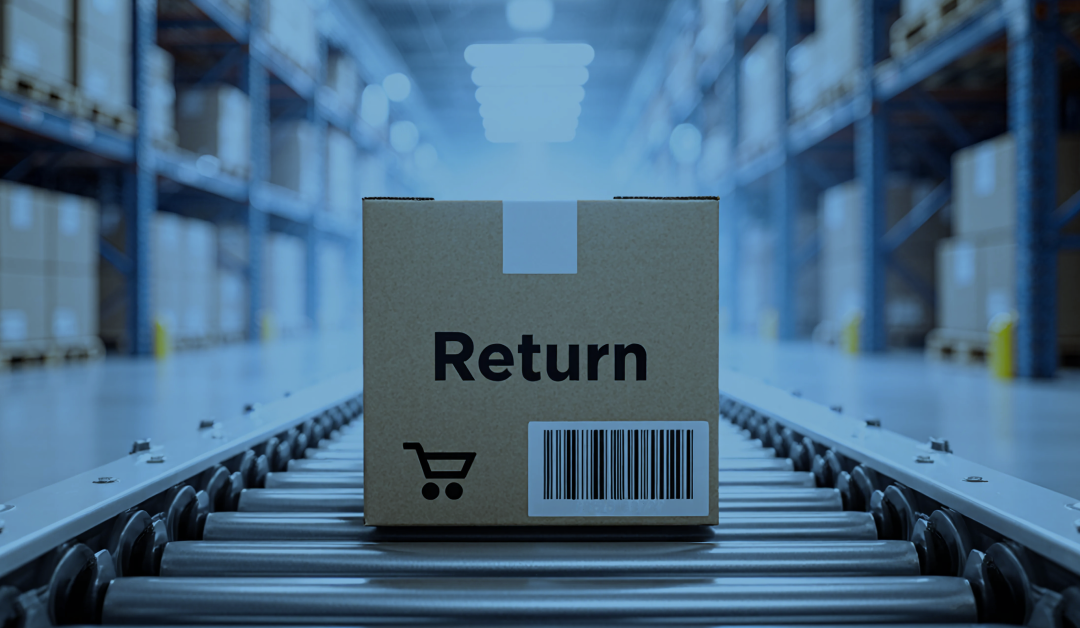
Discover how Descartes Peoplevox WMS reduces fiction in your ecommerce warehouse and improves your returns management workflows.

Fashion ecommerce warehouses succeed when you prioritise accuracy, clear organisation, and real-time visibility in the warehousing of clothes. Learn how.
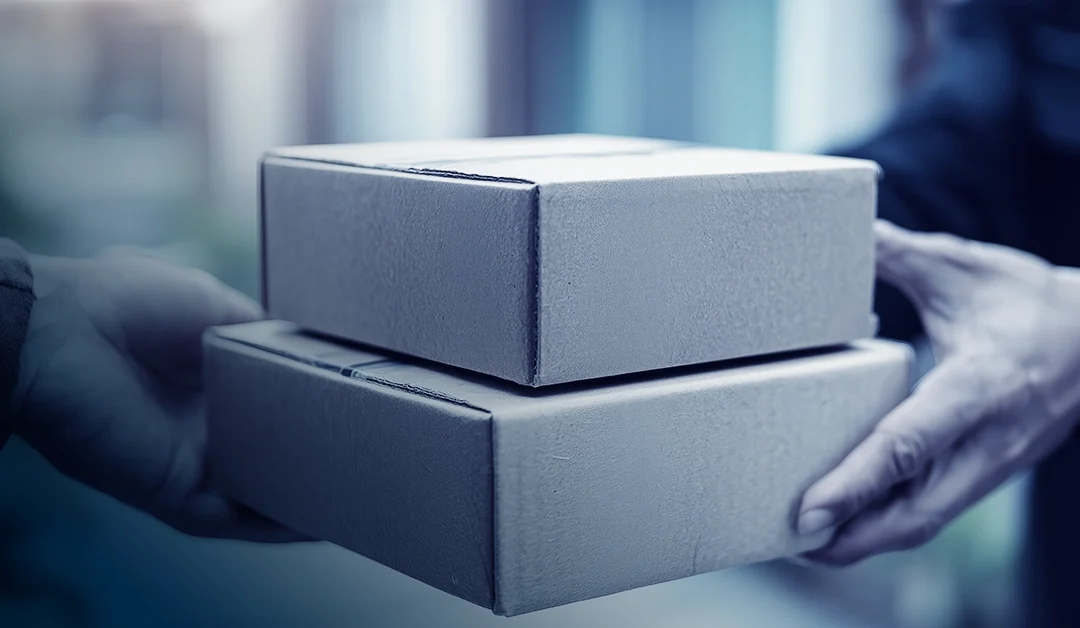
Hear from three industry experts and grasp the latest trends and innovations in the returns management space.
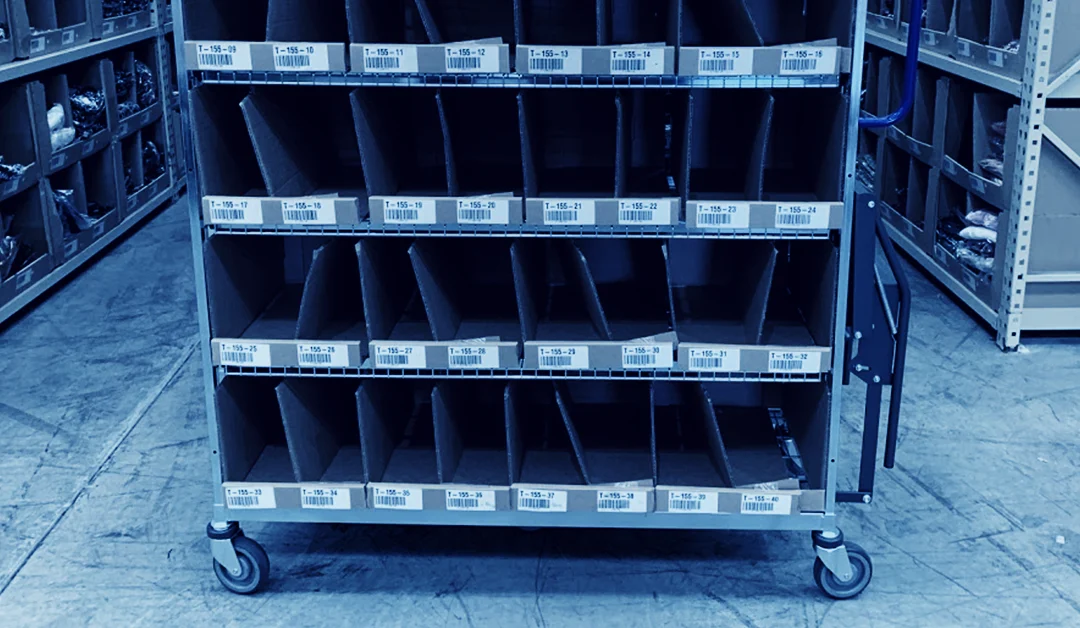
A well-designed picking trolley supports every part of your warehouse workflow. This guidance will help you choose a trolley that removes friction from your process and supports on-time fulfillment.

Discover what makes the best WMS for Shopify businesses. Learn about common Shopify warehouse challenges and how a purpose-built Shopify WMS can overcome them.

APIs allow your warehouse management system (WMS) to exchange data instantly with the rest of your tech stack, eliminating manual work and keeping orders, stock, and...

Most picking problems stem from slow data, unclear workflows, or lack of real-time visibility. Simple workflow improvements can remove bottlenecks without adding labor. Here’s what to do.

Find out how to measure warehouse performance, benchmark key metrics, and use data to improve accuracy, speed, and overall fulfilment efficiency.
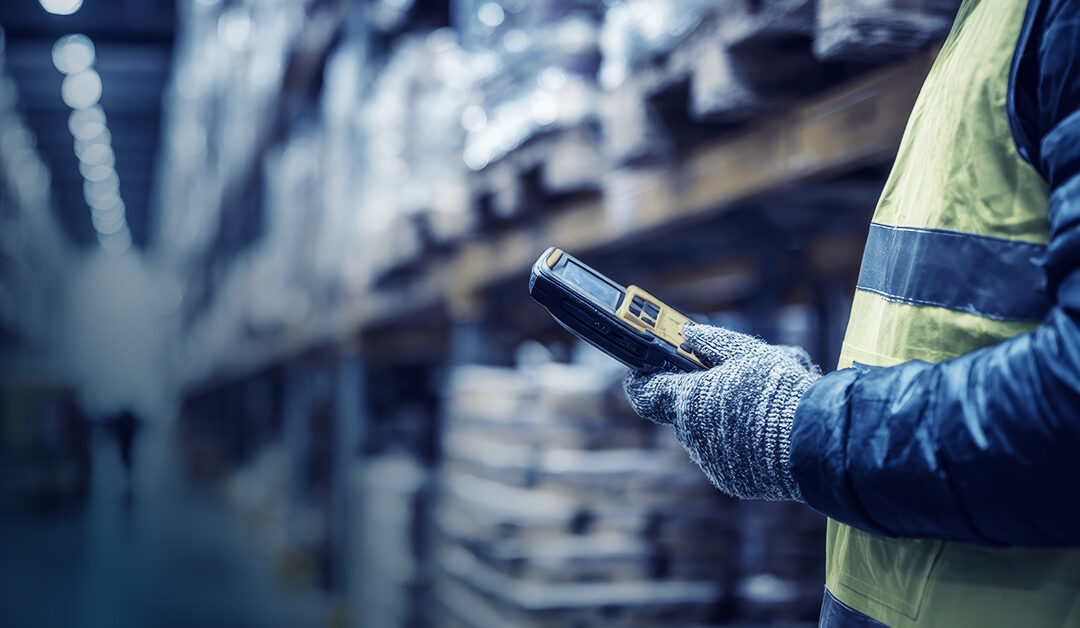
Learn the key signs your warehouse needs a WMS, how long implementation takes, and how Descartes Peoplevox helps ecommerce brands scale efficiently.